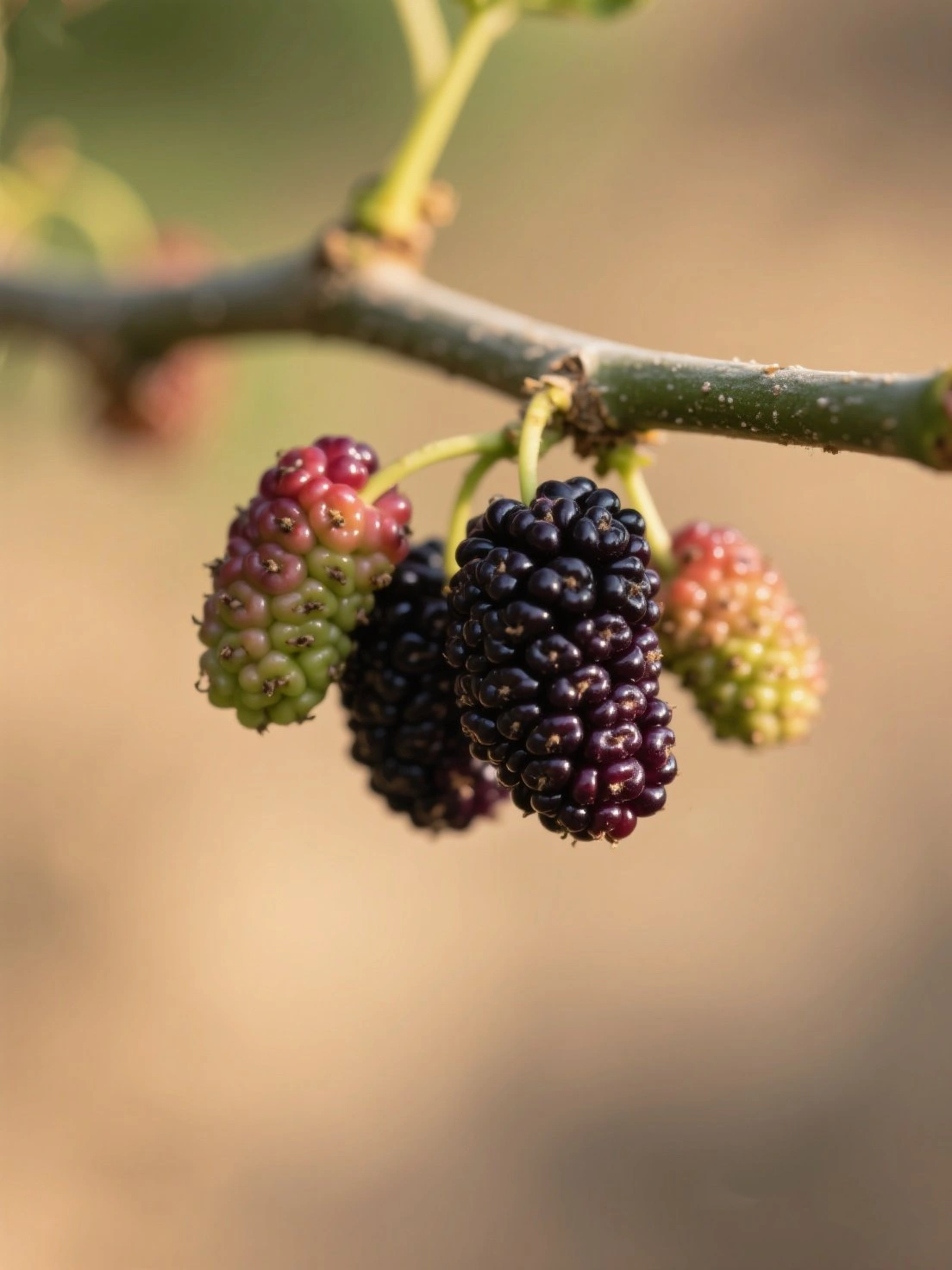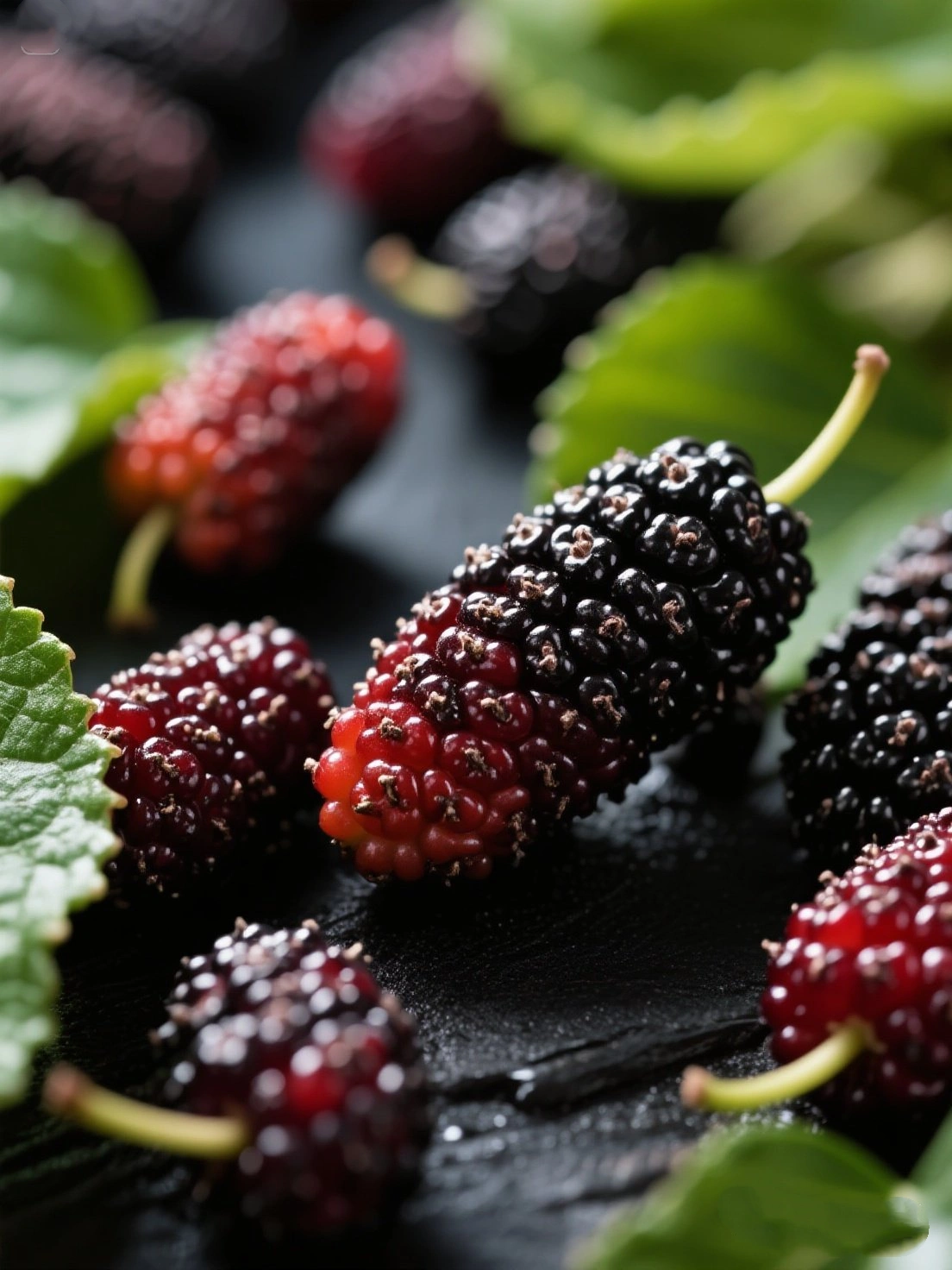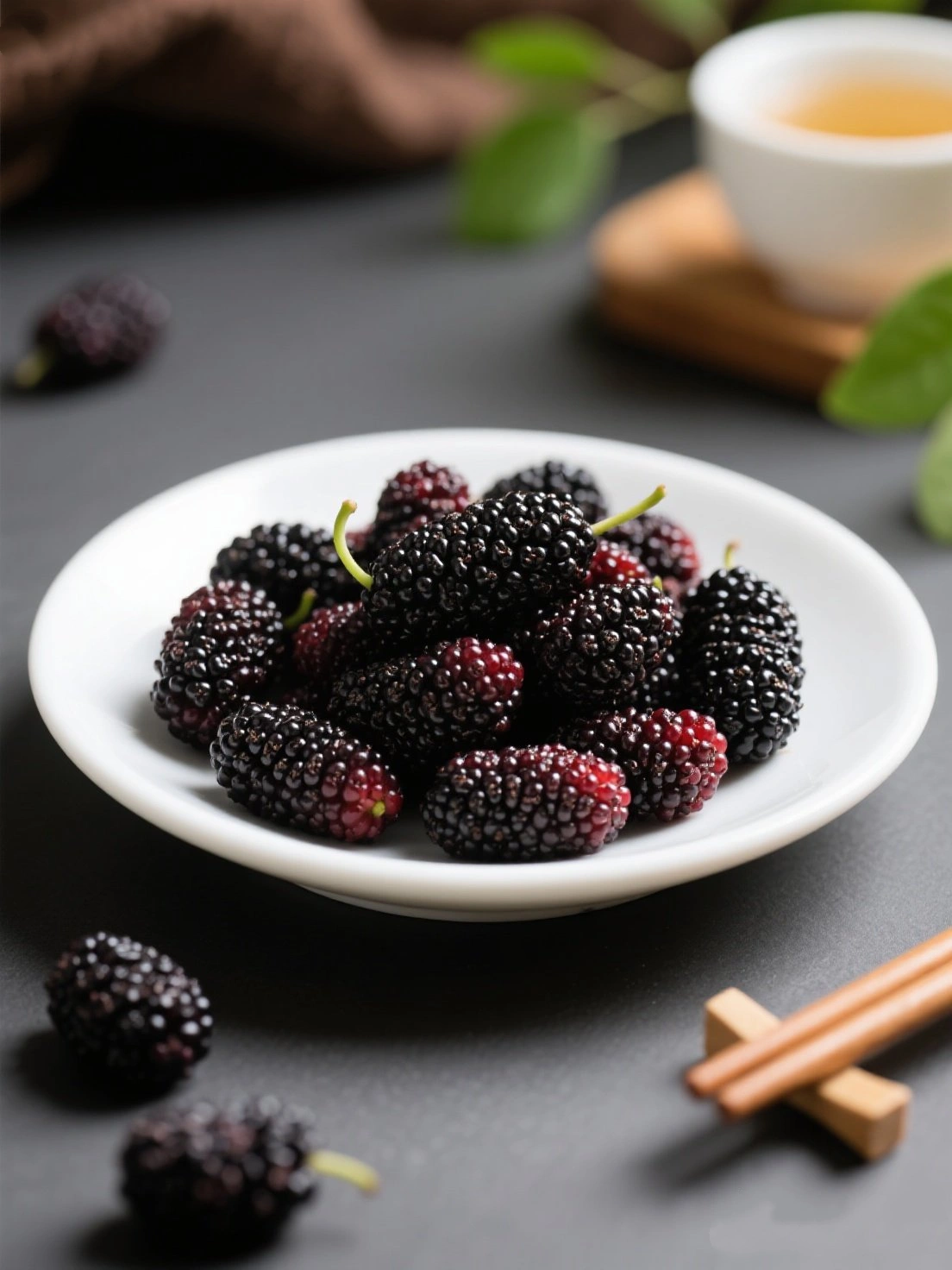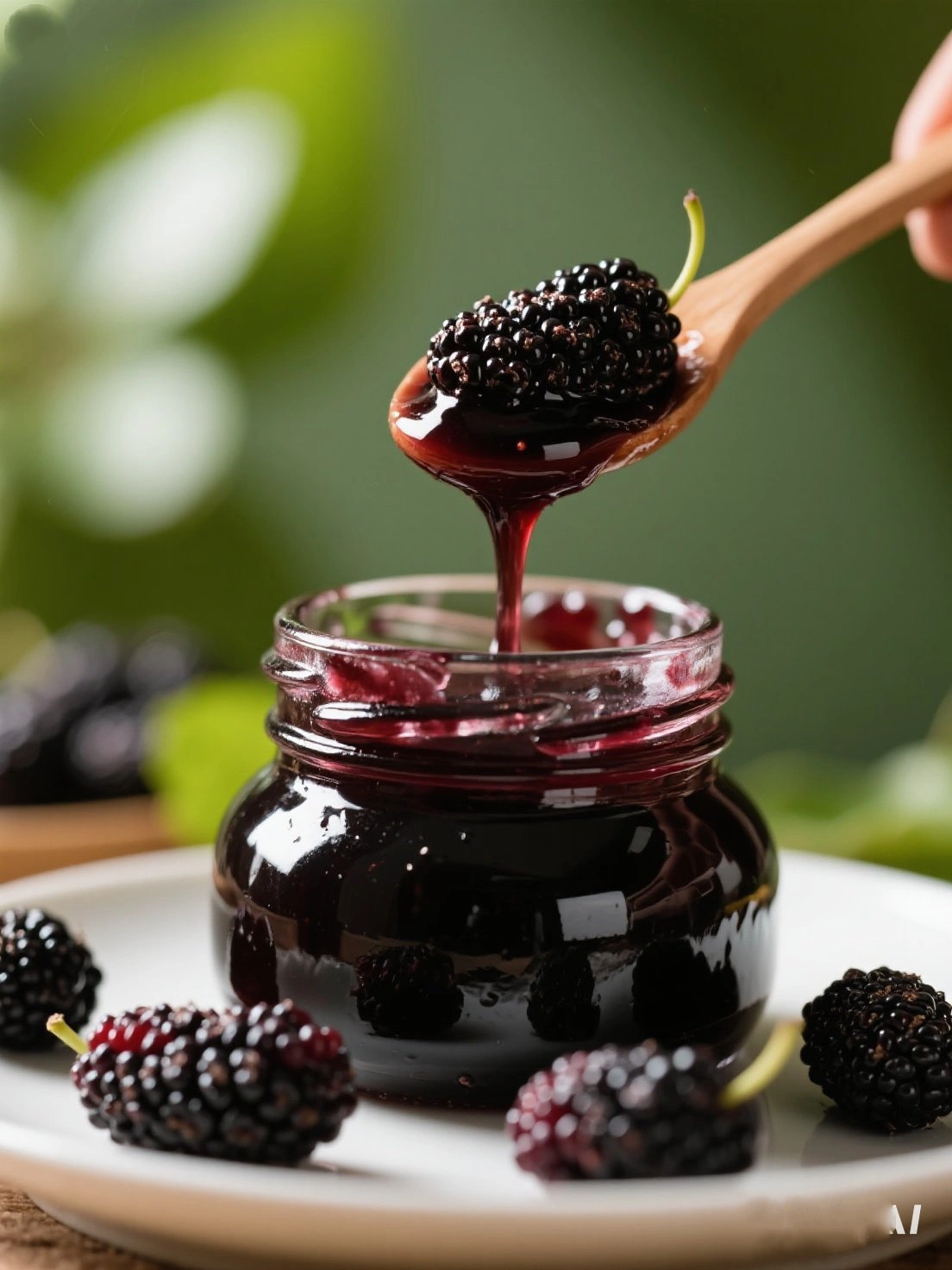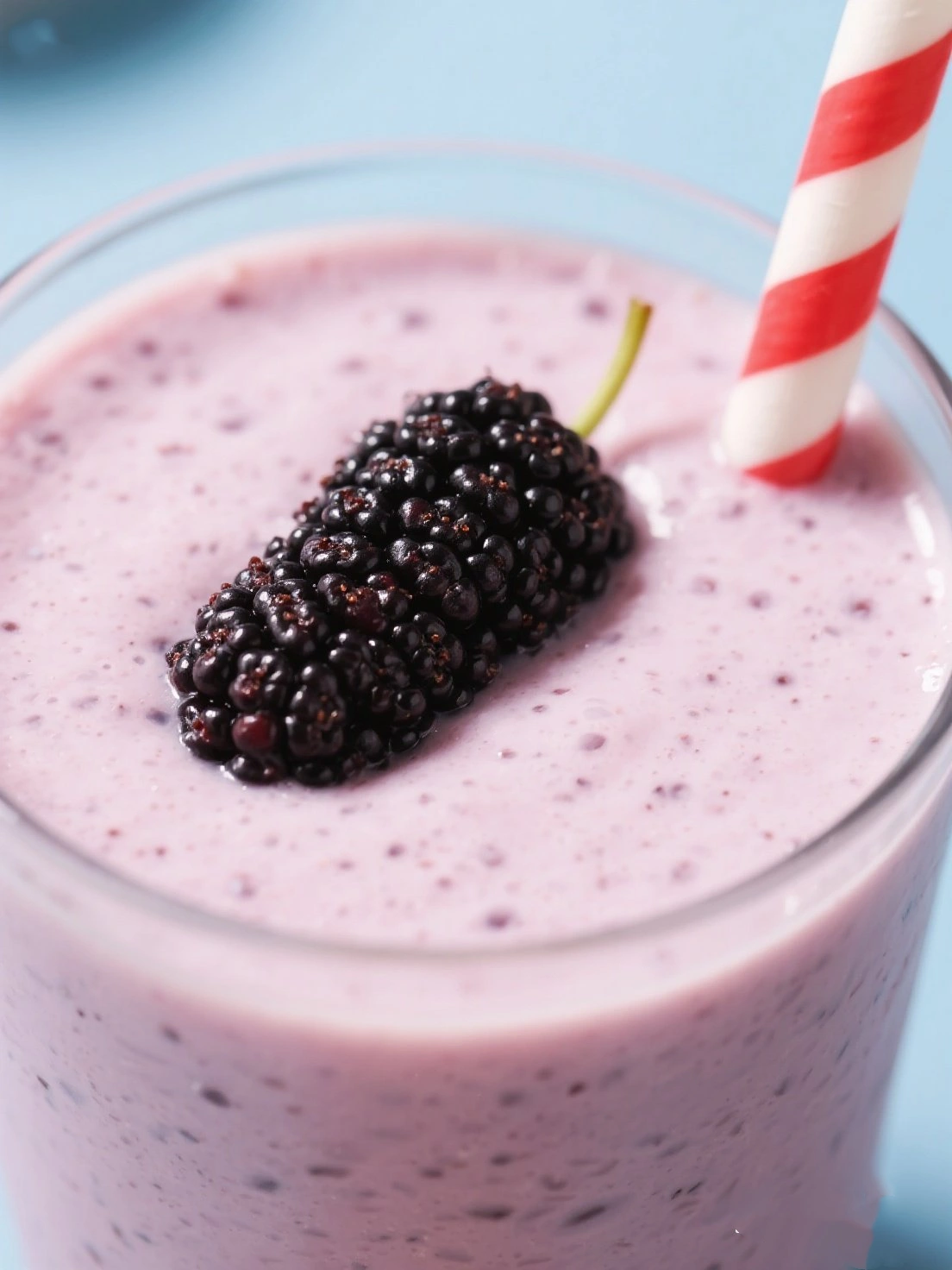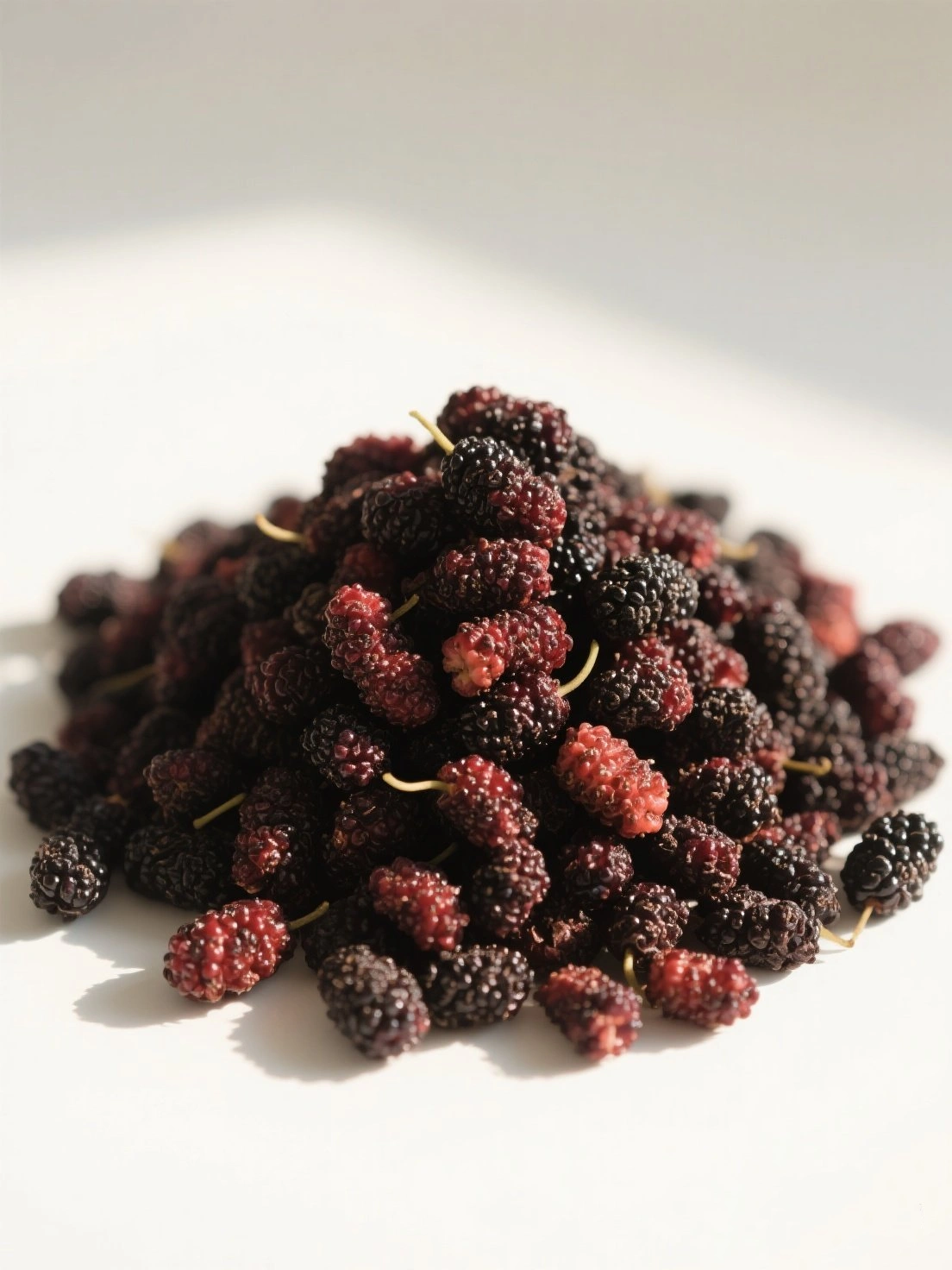Mulberries (Morus) are ancient fruits with a history dating back thousands of years, originally cultivated in China for silkworm production. There are three main species: white mulberry (Morus alba), red mulberry (Morus rubra), and black mulberry (Morus nigra). The black mulberry is considered the most flavorful.
In traditional Chinese medicine, mulberries (桑葚 sāngshèn) have been used for over 5,000 years to nourish blood, benefit kidneys, and treat premature graying. The fruit was so valued that ancient Chinese emperors would have fresh mulberries delivered by fast horse relays during the short harvest season.
Mulberries spread along the Silk Road to Persia and eventually Europe. Today, China remains the world's largest producer, followed by Turkey. The berries range in color from white to deep purple-black depending on variety, with the darkest varieties having the highest antioxidant content.
